Betaxolol (EENT)
Class: beta-Adrenergic Blocking Agents
- Beta-Adrenergic Blocking Agents
- β-Adrenergic Blocking Agents
ATC Class: S01ED52
VA Class: OP101
Molecular Formula: C18H29NO3•ClH
CAS Number: 63659-19-8
Brands: Betoptic S
Introduction
β1-Selective adrenergic blocking agent.
Uses for Betaxolol (EENT)
Ocular Hypertension and Glaucoma
Reduction of elevated IOP in patients with chronic open-angle glaucoma or ocular hypertension.
As effective as timolol in reducing IOP in patients with chronic open-angle glaucoma but, unlike timolol, is associated with minimal adverse pulmonary or cardiovascular effects.
Has been used safely in selected patients with reactive airway disease (e.g., asthma, chronic bronchitis, COPD). (See Respiratory Disease under Cautions.)
When selecting an initial ocular hypotensive agent, consider extent of the required IOP reduction, coexisting medical conditions, and drug characteristics (e.g., dosing frequency, adverse effects, cost). With single-agent regimens, the reduction in IOP is approximately 25–33% with topical prostaglandin analogs; 20–25% with topical β-adrenergic blocking agents, α-adrenergic agonists, or miotic (parasympathomimetic) agents; 20–30% with oral carbonic anhydrase inhibitors; 18% with topical rho kinase inhibitors; and 15–20% with topical carbonic anhydrase inhibitors.
A prostaglandin analog frequently is considered for initial therapy in the absence of other considerations (e.g., contraindications, cost considerations, intolerance, adverse effects, patient refusal) because of relatively greater activity, once-daily administration, and low frequency of systemic adverse effects; however, ocular adverse effects can occur.
Goal is to maintain an IOP at which visual field loss is unlikely to substantially reduce quality of life during the patient's lifetime.
Reduction of pretreatment IOP by ≥25% shown to slow progression of primary open-angle glaucoma. Set an initial target IOP (based on extent of optic nerve damage and/or visual field loss, baseline IOP at which damage occurred, rate of progression, life expectancy, and other considerations) and reduce IOP toward this goal. Adjust target IOP up or down as needed over course of disease.
Combination therapy with drugs from different therapeutic classes often required to control IOP.
Betaxolol (EENT) Dosage and Administration
General
Adjust dosage to individual requirements and response of patient as determined by tonometric readings before and during therapy.
Because of diurnal variations in IOP, measure IOP at different times during the day to determine if an adequate hypotensive effect is maintained. IOP may not stabilize for a few weeks after initiating therapy.
Administration
Ophthalmic Administration
Apply topically to the eye as an ophthalmic solution or suspension.
Avoid contamination of the .



